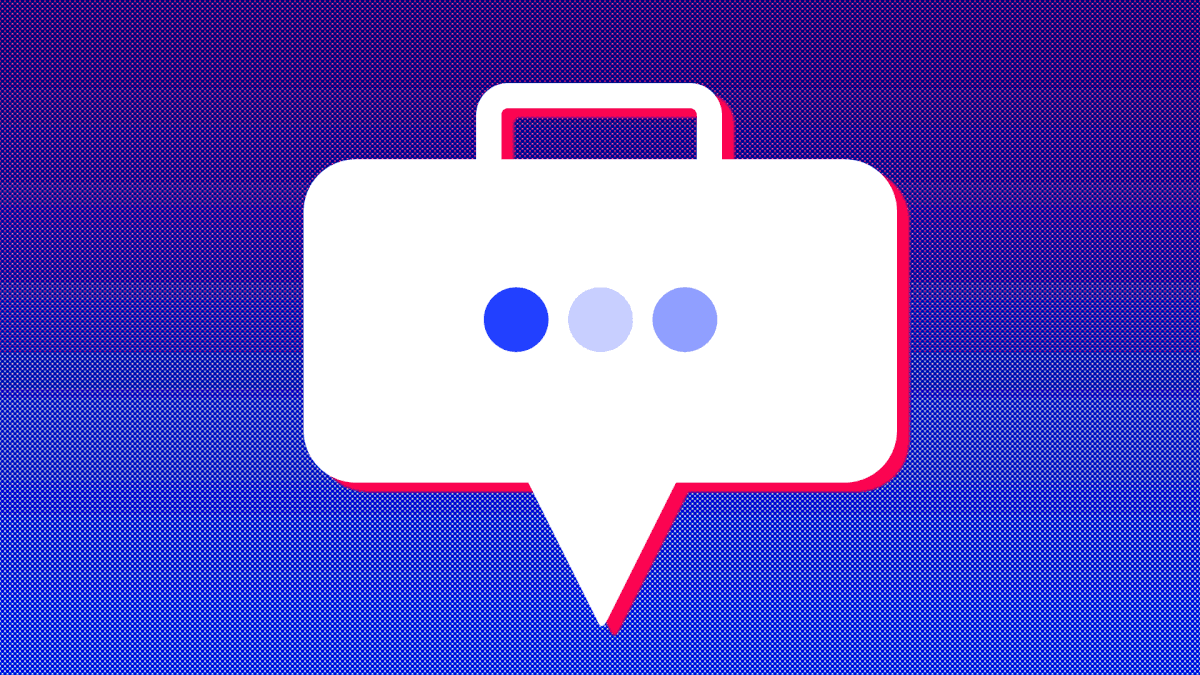Anthropic’s CEO on the future of AI in the workplace

Generative AI is supercharging organizations’ productivity — with early papers from MIT showing its potential to reduce inequality between differently skilled workers and shift people’s focus to higher value tasks.
- Why it matters: By May 2022, 35% of companies had already adopted AI in some form, and that number is only expected to continue to grow. The leaders who start exploring and implementing AI now, in the ways that work for their teams, will be better poised to fully benefit from its maturity down the line.
“For every [AI] application that's happening today, there's probably five more applications that are being considered, but have not yet been deployed,” said Anthropic CEO Dario Amodei in an event with Axios CEO Jim VandeHei. “People may think there was suddenly this explosion in the last few months. What really happened is there was steady improvement, and it broke above some waterline where suddenly the world noticed. Progress will continue to be very fast.”
While AI becomes more common and critical in every department, Dario said Anthropic is focused on building “generative AI systems with a focus on safety” with models that are “helpful, honest, and harmless.” But the bounds of what any of these evolving technologies can do are still beyond anything we can imagine. Some of the more exciting — and within reach —ideas:
- Support research. From biomedical research to market research, AI could be your assistant, not your replacement. Complying with regulation will take more time in some industries, but AI could support research, assist with patient records, structure medical data, and help doctors who diagnose issues get to the answer more efficiently.
- Increase productivity. Whether it’s writing code, creating documentation, or sharing internal communications with colleagues, AI users are already seeing a “measurable productivity boost,” Darios said. And that will only increase as models get better.
- Enhance accuracy. Down the line, systems could be turned into fact checkers for research or other essential information and communication. But for now, the human element is critical — AI still has gaps and flaws.
- Create new jobs. “I think 10,000 different kinds of jobs are going to be created, and we can probably only think of 10 of them now,” Dario said.
Exploring what generative AI can help your organization achieve now will also help leaders develop an awareness for the systems they need to use it safely. There are still challenges, and limitations to what AI can do — and where human intervention is a must to use it well.
- Hallucinations and misinformation. “I worry in the short-run about hallucinations — unintentional harm done via information that's mostly correct but wrong in some insidious way that's hard to detect,” Dario said. There needs to be a human checking for fact errors in any way you use AI to ensure what you tap is airtight.
- Cyber threats and scams. “I have a bit of worry that these models will be unfortunately helpful in assisting cyber attacks as they get more powerful,” Dario said. Just as AI can help companies look for bugs in their code, they should consider if or how it can help them find vulnerabilities that they can safeguard.
- Predictions. “If you ask the model about an event in the future, these models, without training, don't have a great sense of time.” So use caution if using AI to forecast or anticipate how your current climate may evolve. It’s still learning.
The bottom line: AI’s potential will be exponentially greater than anything we can imagine. “If we design these things the right way, they can amplify people's abilities,” Dario said. “If we can amplify the communication process, instead of replacing it, we'll get a better outcome.”
- Axios HQ is a smart workplace communication software helping hundreds of leaders harness the power of generative AI, ensure their organization uses it as a force for good, and simplify writing engaging internal communications.
- This 2-minute video shows you how it works.





.webp)












.webp)

















